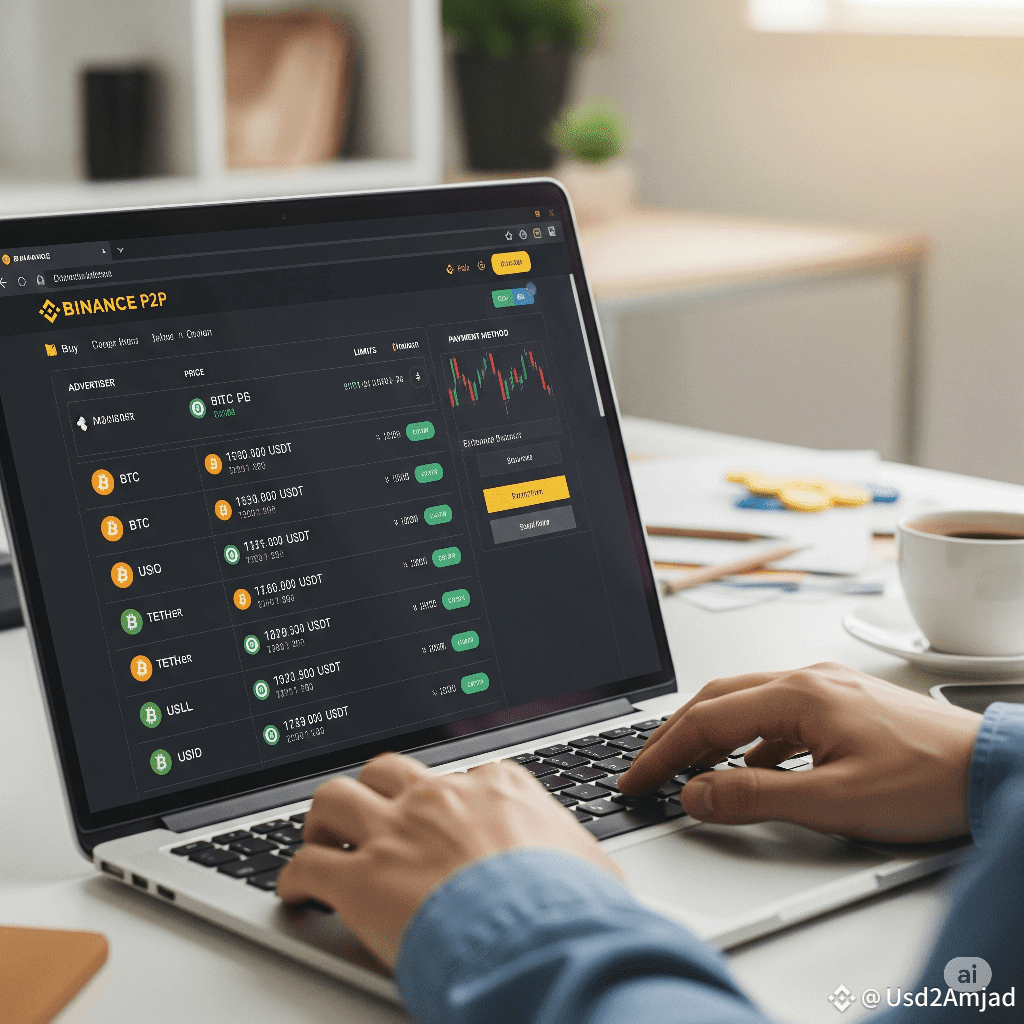Binance's Peer-to-Peer (P2P) trading platform offers a direct way for users to buy and sell cryptocurrencies using their local currency. This decentralized approach, while convenient, also makes users a target for scams. Scammers often exploit the peer-to-peer nature of the transactions, aiming to bypass Binance's security protocols and deceive unsuspecting users.
Here's an in-depth look at some of the most common P2P scams on Binance and how to protect yourself.
The Most Common P2#HEMIBinanceTGE P Scams and How to Spot Them

* The "Fake Payment" Scam: This is perhaps the most frequent scam. The scammer, acting as a buyer, places a P2P order. After you provide your payment details, they send a photoshopped or edited screenshot that appears to be a payment receipt. They will then pressure you to release the crypto, claiming they've paid.
* How to Protect Yourself: NEVER release your crypto based on a screenshot or a simple text message notification. Always verify the payment directly in your bank account or digital wallet. Check your balance to confirm the funds have actually arrived and are cleared. Binance's P2P platform holds the crypto in escrow, so the funds are safe until you confirm the payment. Use this escrow system to your advantage.
* The "Chargeback" Scam: This scam involves the buyer using a reversible payment method like a credit card, or certain digital wallets, and then initiating a chargeback after you have released the crypto. This means they get their money back, and you lose your crypto.
* How to Protect Yourself: Binance recommends using non-reversible payment methods for P2P trading whenever possible. Bank transfers are generally the most secure option. If you are accepting payment via a reversible method, be extremely cautious and only trade with trusted, highly-rated merchants.
* The "Third-Party Payment" Scam: In this scenario, the buyer sends the payment from a bank account that doesn't match their verified name on Binance. This is a huge red flag. Scammers often use stolen bank accounts for these transactions. When the legitimate account owner disputes the transaction, your bank account could be frozen or flagged for suspicious activity, and you may face legal issues.
* How to Protect Yourself: Only accept payments from an account that is under the same name as the verified user on Binance. If the payment comes from a different name, immediately cancel the order and report the user.
* The "Off-Platform Communication" Scam: A scammer will try to move the conversation and transaction details to an external platform like WhatsApp, Telegram, or email. They do this to operate outside of Binance's secure chat and escrow system. Once off-platform, they can easily manipulate you, make false claims, or even send you phishing links.
* How to Protect Yourself: Keep all communication and transaction details within the Binance P2P chat. This is your primary shield. Binance's support team can only assist in a dispute if all evidence is present within the platform's chat log. If a user asks you to move the conversation, it's a major warning sign—cancel the trade and report them.
* The "Impersonation" or "Fake Support" Scam: Scammers might pose as Binance support staff or verified merchants. They may try to trick you into revealing your login information, 2FA codes, or convincing you to release your crypto before a payment is confirmed. They might even send you a fake link that looks like the official Binance site to steal your credentials.
* How to Protect Yourself: Binance will never ask for your password, 2FA code, or to release your crypto to them. Always be wary of any unsolicited messages. Verify that you are on the official Binance.com website and never click on suspicious links.
The Golden Rules of P2P Safety
* Verify, Don't Trust: Your bank account balance is the only proof of payment you should ever trust. Screenshots are meaningless.
* Stay on the Platform: The Binance P2P chat is your safety net. Do not communicate or transact outside of it.
* Check User Reputation: Always check the other trader's profile. Look for a high number of trades, a high completion rate (above 90-95% is ideal), and positive feedback. Avoid users with new accounts, low trade numbers, or poor ratings.
* Use the Escrow System: This is Binance's most crucial security feature. The escrow service holds the crypto until both parties confirm the transaction. As a seller, your crypto is secure until you release it; as a buyer, you are protected from the seller disappearing with your money.
* Report Suspicious Activity: If something feels off, don't hesitate. Use the "Report" feature immediately. Providing evidence within the Binance chat will help the support team take action and protect other users.
By understanding these common scams and following these safety guidelines, you can significantly reduce your risk and trade confidently on the Bi
nance P2P platform.

